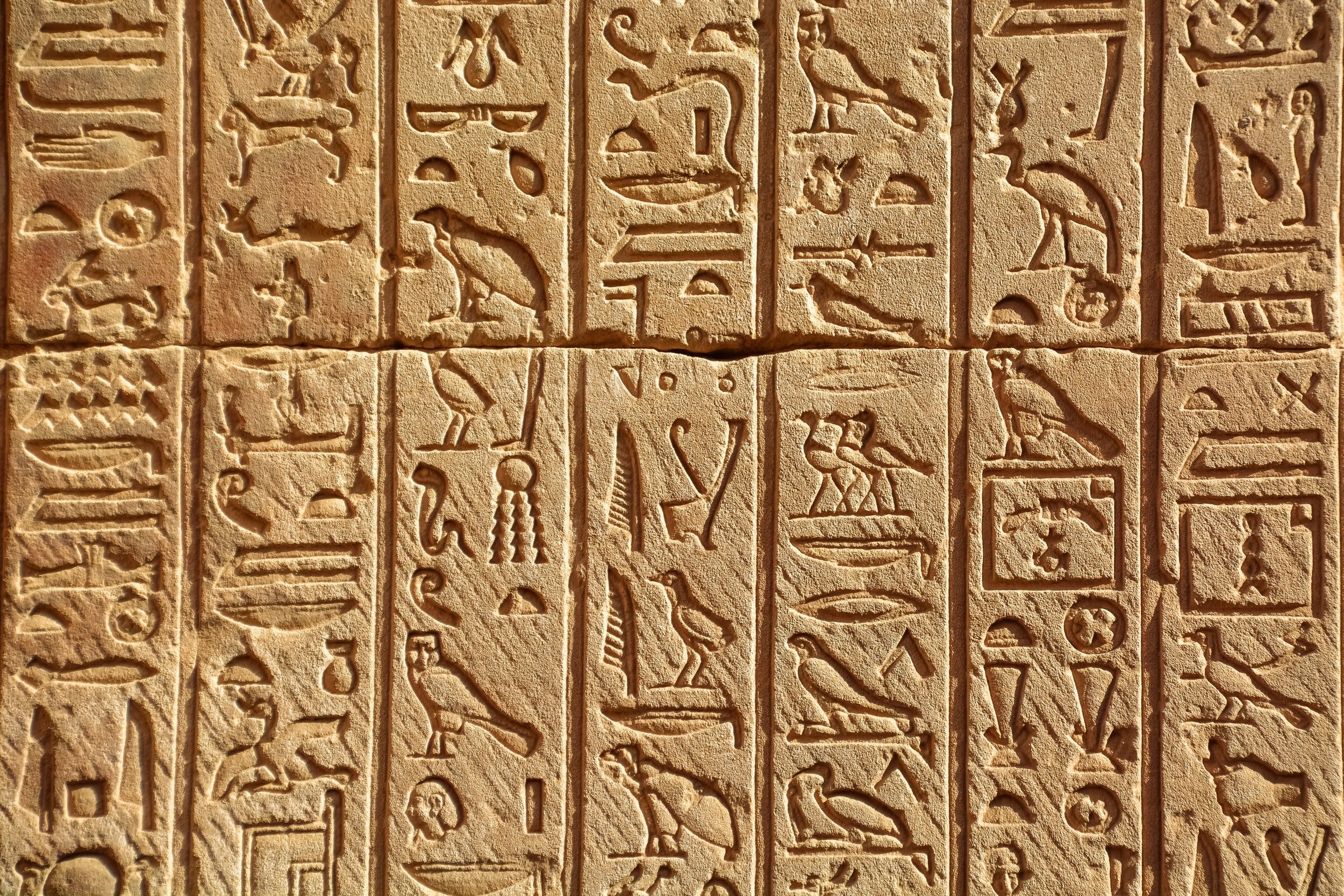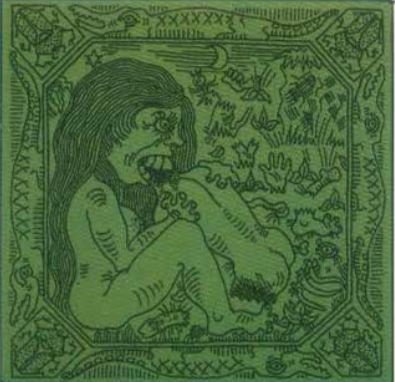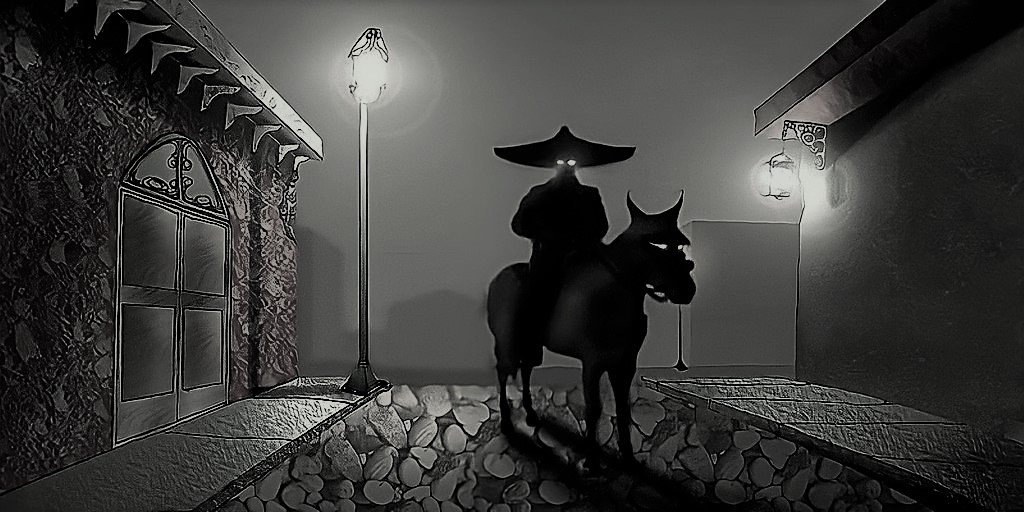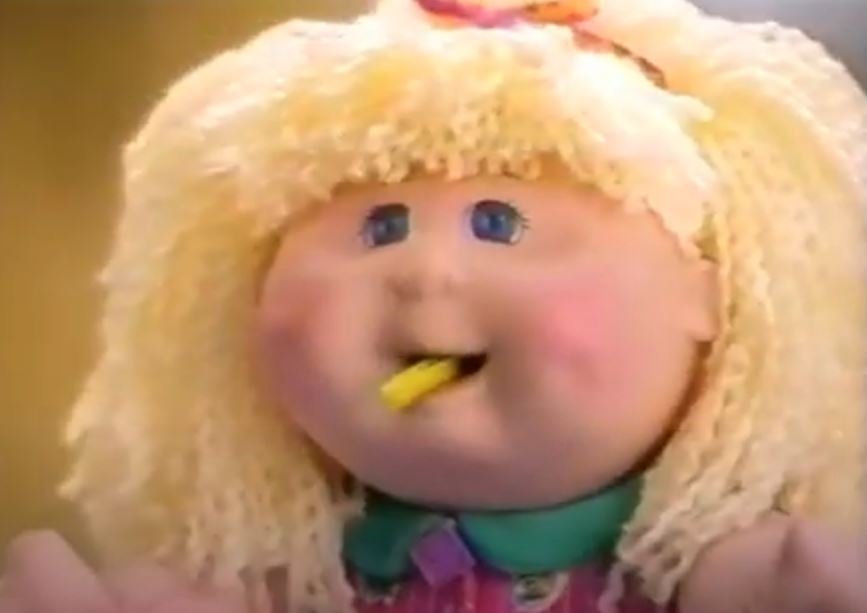The Facts on the 27th letter of the Alphabet; the Ampersand
If you can read this then at this point in your life you’ve definitely seen the ampersand (&), it’s on book titles, movie titles, brand names, etc. but did you know it used to be part of the alphabet as the 27th letter? It even appeared in the alphabet way back in the 12th century and stayed a part of it until the mid-19th century.
So why did we drop it?
To understand that, we have to know why we even used it in the first place. It turns out the ampersand was originally just called the “and” letter as in the letter that stood for the word “and”. That might seem strange to some who only use the English alphabet since each letter is its own thing but if you think about it as a symbol then it makes more sense.
Plus we’re sort of already doing the same to certain letters and words when it comes to text speak. You can send someone a text saying “Y R U” and they will instantly recognize it as the words “Why are you?”… and have an existential crisis.
“Yea…. WHY AM I?”
But you’re probably wondering why the “and” symbol’s name changed from “and” to “ampersand”. That’s because of another little quirk we used to have when it came to the alphabet and letters.
Since letters like “A” and “I” are technically both words and letters, to distinguish which we were talking about we used to say “per se”, the Latin term meaning “in itself”. For example, if I wanted to talk about the letter “I” and make it clear I wasn’t talking about myself I would say, “I per se, I”.
When reciting the 27-letter alphabet in order to avoid confusion people would say “... x, y, z, and per se, and” (written as &). The problem came when people rushed through the alphabet because the only time you ever recite the entire alphabet is when you’re being tested on it and you just want to get it over with.
“Fine, but elemeno counts.”
Rushing through the alphabet led people to pronounce the “and per se, and” as “ampersand” and the name just stuck because that’s how language works. Enough people call something a different name for a long enough time and Miriam-Webster is just like “FINE!” and they officially add it to the dictionary. That’s how “copypasta” became an official word in 2021.
But some believe it wasn’t just the societal changing of the ampersand that led to it being dropped from the alphabet. In 1835 music publisher Charles Bradlee copyrighted the “Alphabet Song” using Mozart’s melody of "Ah vous dirai-je, Maman" better known as the melody from “Twinkle Twinkle Little Star”.
In order to make the lyrics fit the melody Charles Bradlee had to drop the “and per se, and” from the song or he just had a serious hatred for symbols.
“Look at all this bullshit!” - Charles Bradlee probably
Once the song became popular and along with the ampersand gaining its new name, people just kind of dropped it from the alphabet and ignored it. And that’s the full story of how the 27th letter of the alphabet was lost to time.
Who knows, if enough people keep pronouncing “L, M, N, O” as “elemeno” and Taylor Swift drops a re-recorded version of the alphabet song without it, we might go down to a 22-letter alphabet.
“It’s actually Tayr Swift now”
Quick Facts
The alphabet in the 12th century may have included “&” but didn’t include some letters we used today such as the J and U.
“I” and “A” weren’t the only letters that were considered their own words, the letter “O” was also its own word, eventually the spelling changed to “Oh” and we just stopped using “O”.
The ampersand didn’t look like “&” way back then either; it looked like the letters “e” and “t” smushed together. This is called a ligature. The changes of the ampersand over time are below, yet we still refuse to allow it back into the Alphabet club.
E and T? Yea, sure, I totally see it… somewhere…


















